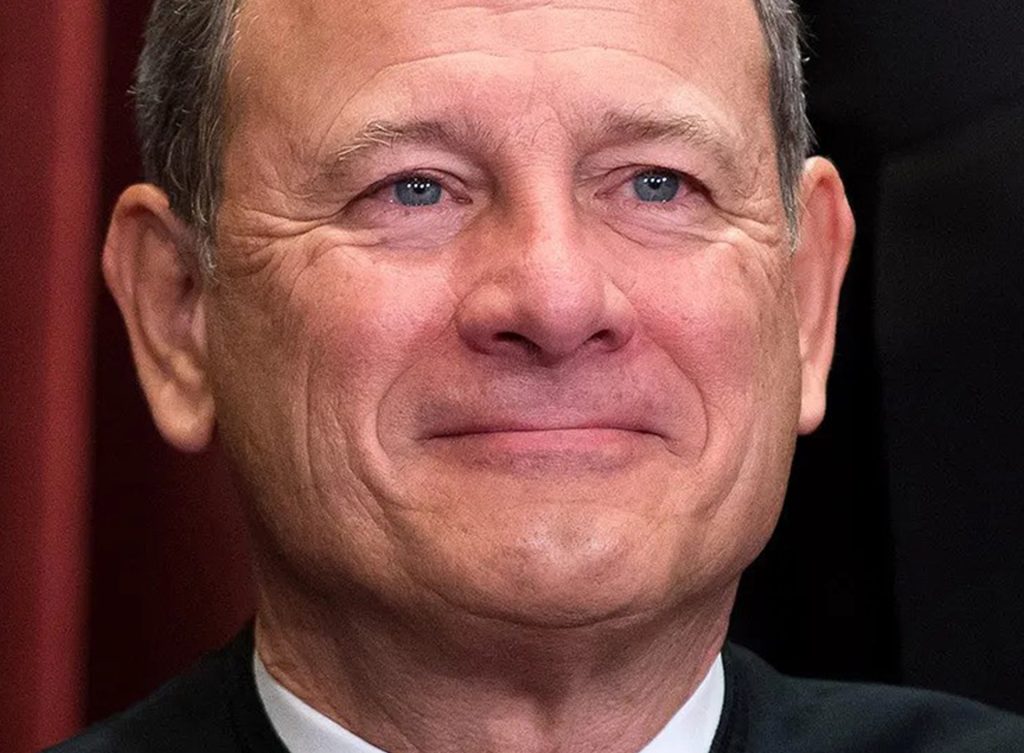Introduction: Supreme Court and Voting Rights
In a dramatic all-nighter, Senate Republicans recently blocked Democrats from bringing their voting rights bill, the For the People Act, to a vote. Democrats are vowing try again in September. The legislation may be the last, best hope to counter Republican voter suppression, because the Supreme Court has shown a penchant for stretching the Constitution to give Republican states latitude to suppress minority voting.
Supreme Court’s Recent Decision on Voting Rights
In its 5-4 July decision in Brnovich v. the DNC, the Court held that Arizona voting restrictions didn’t violate the 1965 Voting Rights Act, which prohibits states from denying or abridging the right to vote based on race or color. Writing for the six-justice majority, Chief Justice John Roberts acknowledged that Arizona’s restrictions fall more heavily on minorities, but argued that the disparity doesn’t “result in unequal access to” voting and that “Small disparities are less likely … to indicate … a system is not equally open.” But as the three dissenting justices argued, that view ignores the facts.
Supreme Court’s Recent Decision on Voting Rights
First, the disparities aren’t small. In Maricopa County — which accounts for 60 percent of all of Arizona’s votes — Hispanics, Blacks and Native Americans were twice as likely as whites to have their ballots discarded under similar rules in the 2016 election. In Pima County (15 percent of Arizona’s votes), Hispanics were 148 percent, Blacks 80 percent, and Native Americans 74 percent more likely to have their votes tossed.
Supreme Court’s Recent Decision on Voting Rights
Arizona’s new law discards votes cast in non-designated locations and prohibits third parties from collecting ballots to deliver to designated locations unless they are family, caregivers or live in the same household; only 18 percent of Native Americans living in rural counties receive home mail delivery, and many would have to travel up to two hours to get to a mailbox. As many as half of them don’t own cars and rely on friends and neighbors for transportation (not family, members of the same household, or caregivers).
Supreme Court’s View on Voting Rights Disparities
Nonetheless, the Court decided these disadvantages don’t exceed the “usual burdens of voting.” It argued that Arizona does give minorities equal opportunity to vote and maintained that the “burdens…are modest.”
Impact of Small Disparities on Voting Rights
Second, those so-called “small disparities” can make big differences. The predicted number of votes that would be tossed out under Arizona’s law exceeds the margins of victory in 2018 and 2020. Trump lost Arizona by only 10,457 votes. Native American and Black voters likely carried victories for Biden and down-ballot black candidates.
Legal and Historical Context of Voting Rights
Third, the Arizona law doesn’t meet the Voting Rights Act requirement that any disparities in minority voting opportunities be justified by legitimate government interests. Roberts acknowledged that there was no evidence of voter fraud in Arizona, but argued that the state still had a legitimate interest in preventing it — essentially allowing Arizona’s voting restrictions based on a risk that didn’t exist. That decision will encourage more voter restrictions based on virtually any hypothetical concern Republican state legislators might choose.
John Roberts’ History with Voting Rights
Roberts has long displayed an affinity for voting restrictions. As a young aide in Reagan’s Justice Department, he wrote 25 memos and ghost op-eds opposing a 1982 VRA amendment that made violations easier to prove.
His most sweeping attack on minority voting was in the 2013 Shelby v. Holder decision, which struck down Section 4(b) of the VRA, which required states with histories of suppressing minority voting to clear voting law changes with federal authorities in advance.
Constitutional and Legislative Considerations
The Shelby decision relied in part on the 10th Amendment, which reserves to the states powers not delegated to the federal government. But the 10th Amendment doesn’t mention elections. The 15th Amendment does. It prohibits states from denying or abridging the right to vote based on race or color, and expressly gives Congress the power to enforce that prohibition. Requiring federal pre-clearance for states with a history of voter suppression would seem to fall clearly within that power. So, the 10th Amendment should not supersede the 15th when it comes to Congress’s power to uphold voting rights.
Article I, Section 4 also allows Congress to alter restrictive state election laws relating to Representatives and Senators. Since they predominantly share the same ballots as presidential candidates, Congress’s power to alter those laws also affects presidential elections.
The Shelby decision alsoinvoked the theory of equal sovereignty (ES) which requires the Federal government to treat states equally. The Court majority held that Section 4(b) of the VRA violated the Constitution because it singled out certain states for federal pre-clearance.
But ES is nowhere in the Constitution; it’s not even a law. It was invented to challenge different criteria used to admit new states into the Union. In application, it forbade laws that exceeded Congress’s Constitutional powers. But changing state election laws is well within Congress’s power under the 15th Amendment.
Roberts’ Role in Voter Suppression Cases
Roberts has been a swing vote or joining vote on nearly every voter suppression law that came before him. Notably all the laws he ruled on were enacted by Republicans. Leaked communications reveal a deliberate Republican strategy of suppressing minority voting.
It’s therefore no surprise Arizona’s voter restriction law followed minority voters’ contribution to Republican losses, or that the demise of VRA’s Section 4(b) opened the floodgates to a cascade of Republican voter restriction laws that violated the VRA. It was all part of a conscious GOP strategy.
The Future of Voting Rights Legislation
Voter suppression is a threat to democracy’s core and needs solutions. There is little hope for solutions from the Supreme Court. Republicans have stacked it with justices who will keep them in power even if it means abusing the Constitution.
The best hope of stemming Republican voter suppression is therefore to pass the For the People Act. Currently, Congressional Republicans oppose it. Ending or modifying the filibuster could put Senate Democrats in a position to pass it anyway, but not all of them support that.
At his confirmation hearing Roberts promised, “Any issues that come before me under the Voting Rights Act, I will… decide after full and fair consideration… in light of… the critical role… the right to vote plays as preservative of all other rights.” He has not kept that promise. That should stiffen the resolve of Democrats, and perhaps even a couple of conscientious Republicans, to do whatever’s necessary to pass the For the People Act and preserve Americans’ rights.







